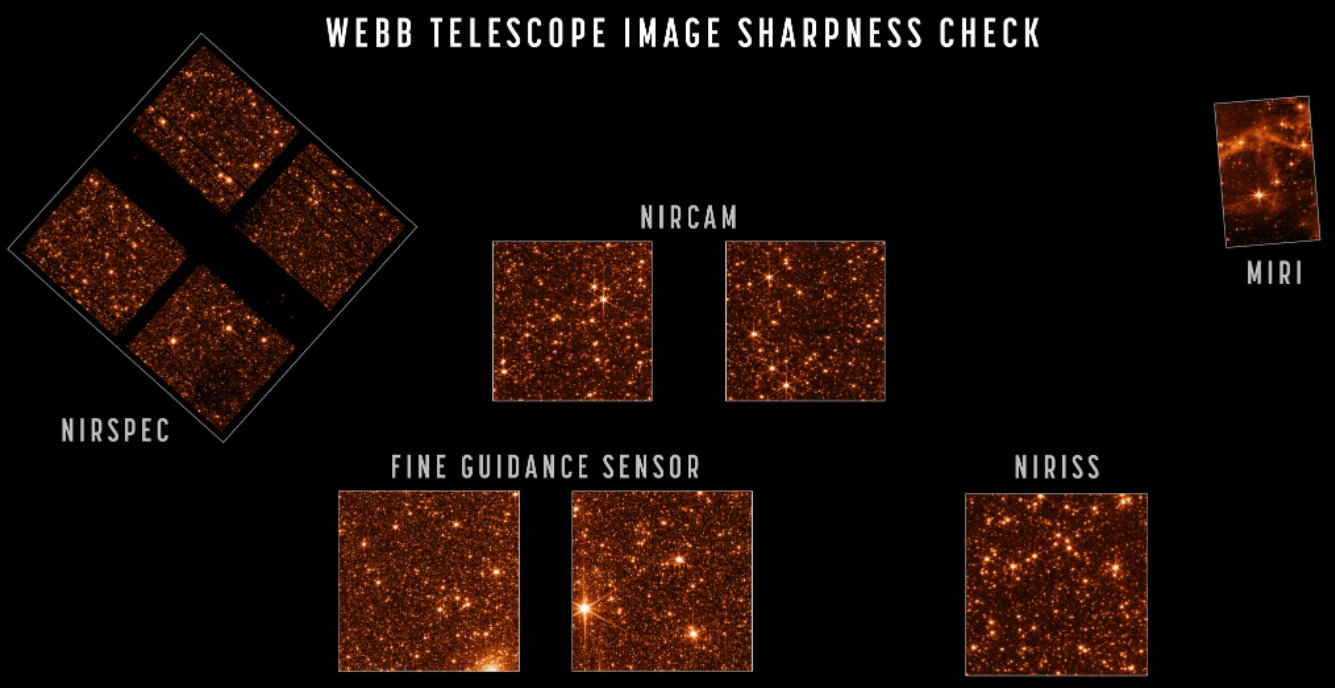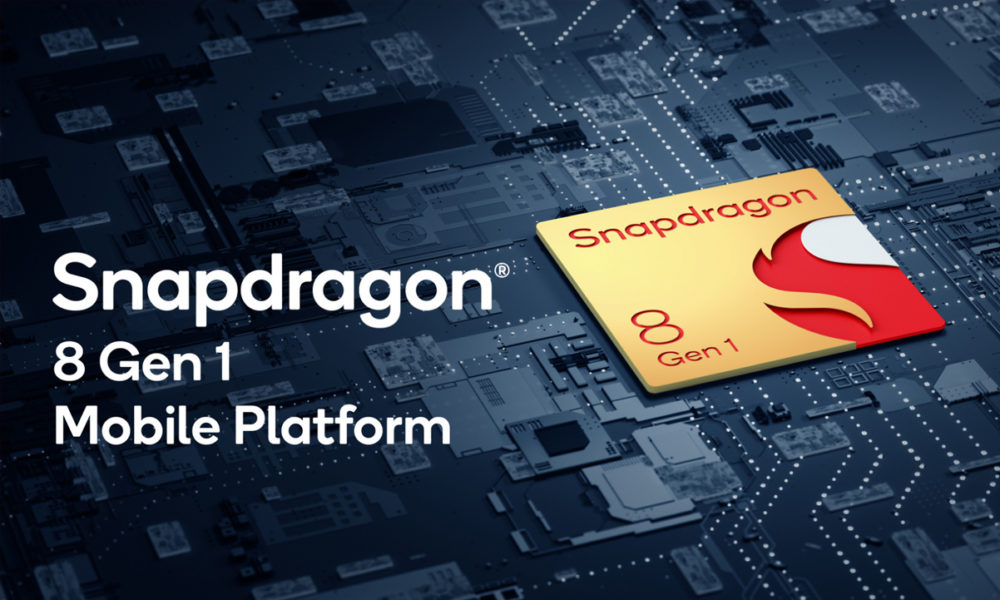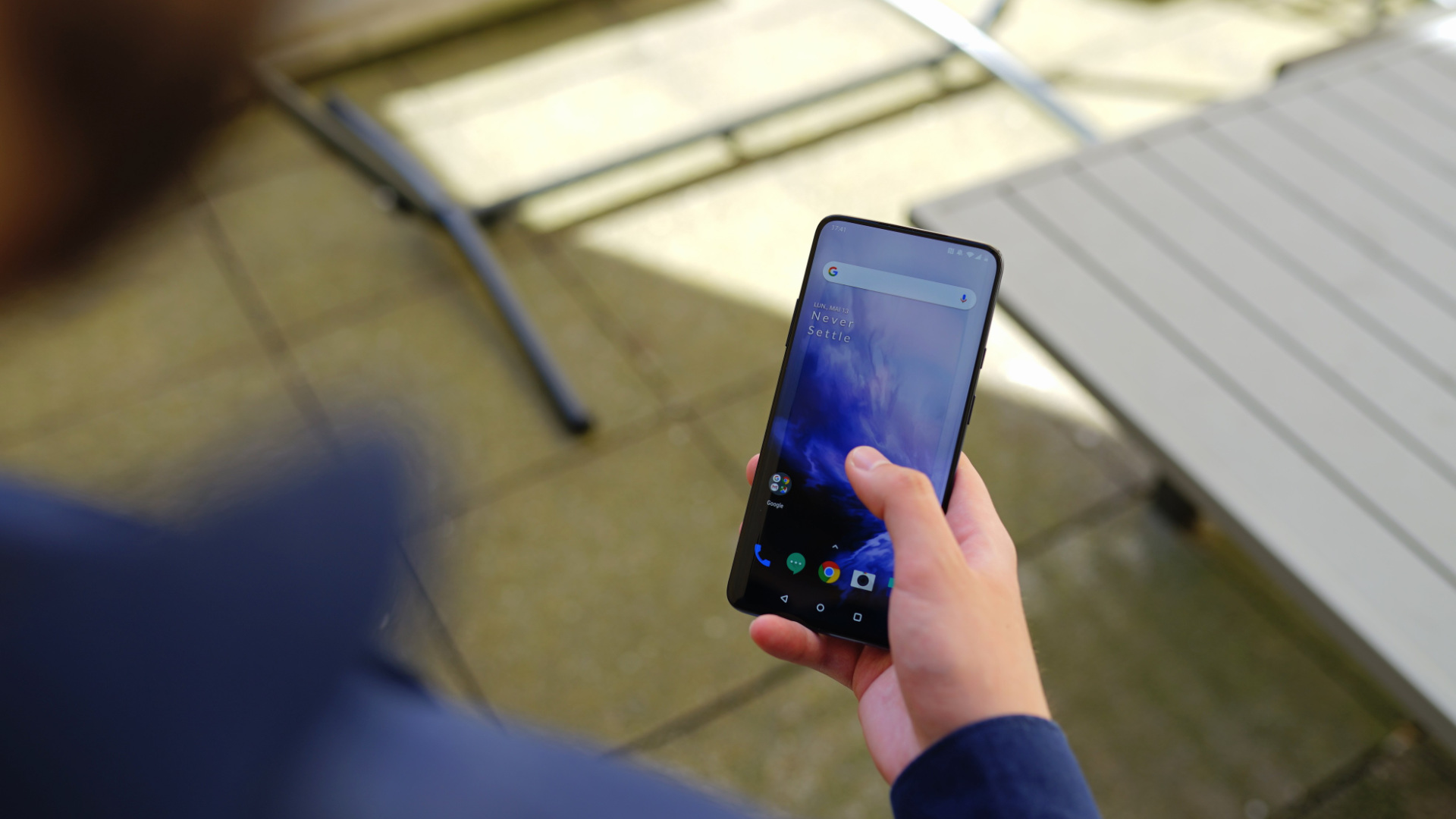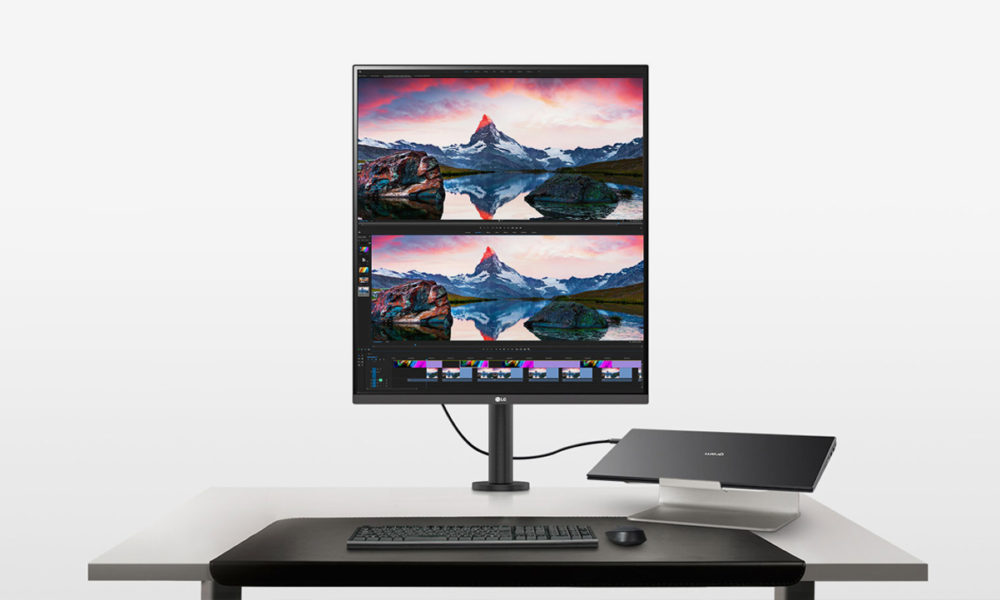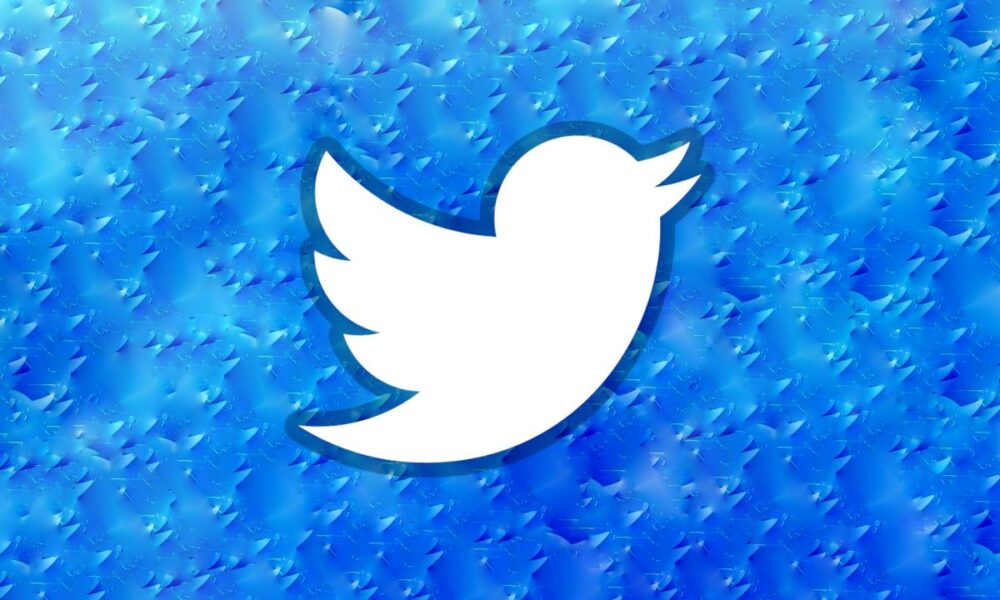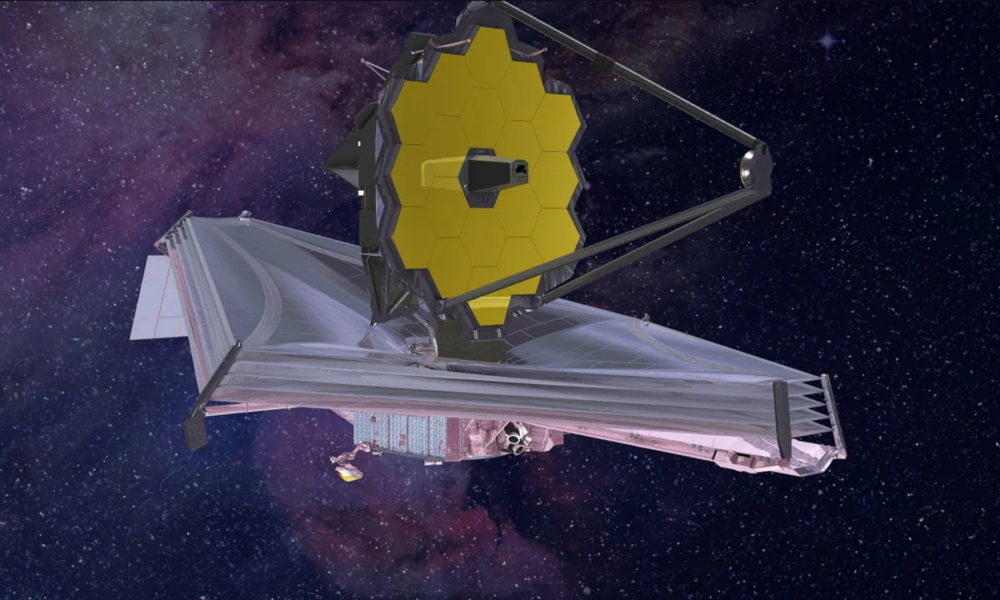
The James Webb Space Telescope has completed another critical milestone confirming the final alignment of the four main science instruments it carries on board. The telescope has a perfect view and astronomers anticipate that it will usher in a golden age in our understanding of the cosmos, providing never-before-seen snapshots of space billions of light-years away.
The performance of the optics marks the level of a telescope and that of the James Webb has been exceeding the best expectations of the engineering teams from the beginning. Quite the opposite of its predecessor Hubble, which with a problem of origin in the polishing of the main mirror was about to turn it into a historical fiasco. Fortunately, a repair program in space using the shuttles and subsequent maintenance managed to keep it in top shape and give us some beautiful images of the Cosmos.
James Webb: Perfect Vision
According to NASA, by completing the alignment tests of all the instruments they have verified that the sharpness of the images it is “as good as is physically possible given the size of the telescope”. From now on, the only changes will be very small periodic adjustments to the main mirror segments.
For the final alignment test, the telescope was pointed at a part of the Large Magellanic Cloud, the Milky Way’s small satellite galaxy, which revealed a deep, dense field of hundreds of thousands of stars recorded by all of the observatory’s sensors. Although images from space telescopes sometimes recreate color the way human eyes perceive them, other times they are selected to highlight specific features. The engineers chose the scarlet palette to emphasize the contrast.
From the tests carried out so far, the four main instruments (NIRCam , NIRISS , MIRI and NIRSpec) they are working perfectly and it is key as a complex set of detectors with custom lenses, masks, filters and equipment that are the key to the James Webb. The specialized features of these instruments will be configured and operated in different combinations for the official launch which is expected to take place in a couple of months.
Part of that process will involve pointing the telescope at different areas of the sky where the total amount of solar radiation hitting the observatory will vary to confirm that its temperature remains stable as it changes target. The mirrors will also be checked regularly to ensure they have maintained alignment. NASA to publish a selection of “mind-blowing” photos in June with full resolution and accompanying scientific data. The agency has not revealed which heavenly targets will be in that selection that will allow us to anticipate what awaits us.
You already know that the telescope has been built and will be operated jointly by NASA, the European Space Agency and the Canadian Space Agency under a project that began thirty years ago, shortly after the launch of Hubble. Its extra cost has skyrocketed and the investment will rise to figures close to 10,000 million dollars. In a short time we will see if it was worth it.
Astronomy buffs eagerly await whether this giant will fulfill its objectives: study the first stars and galaxies that formed in the early universe after the Big Bang; discover how galaxies evolved in the early days; how stars and planetary systems are born in dusty clouds and the search for chemical fingerprints of life on satellites like Enceladus and the composition of the atmospheres of exoplanets, which could reveal biosignatures of extraterrestrial life.
and you will have to in just about ten years, less than a third of Hubble’s lifetime. Then it will stay out of fuel and you won’t be able to stay in your current position. There is no time to lose.
